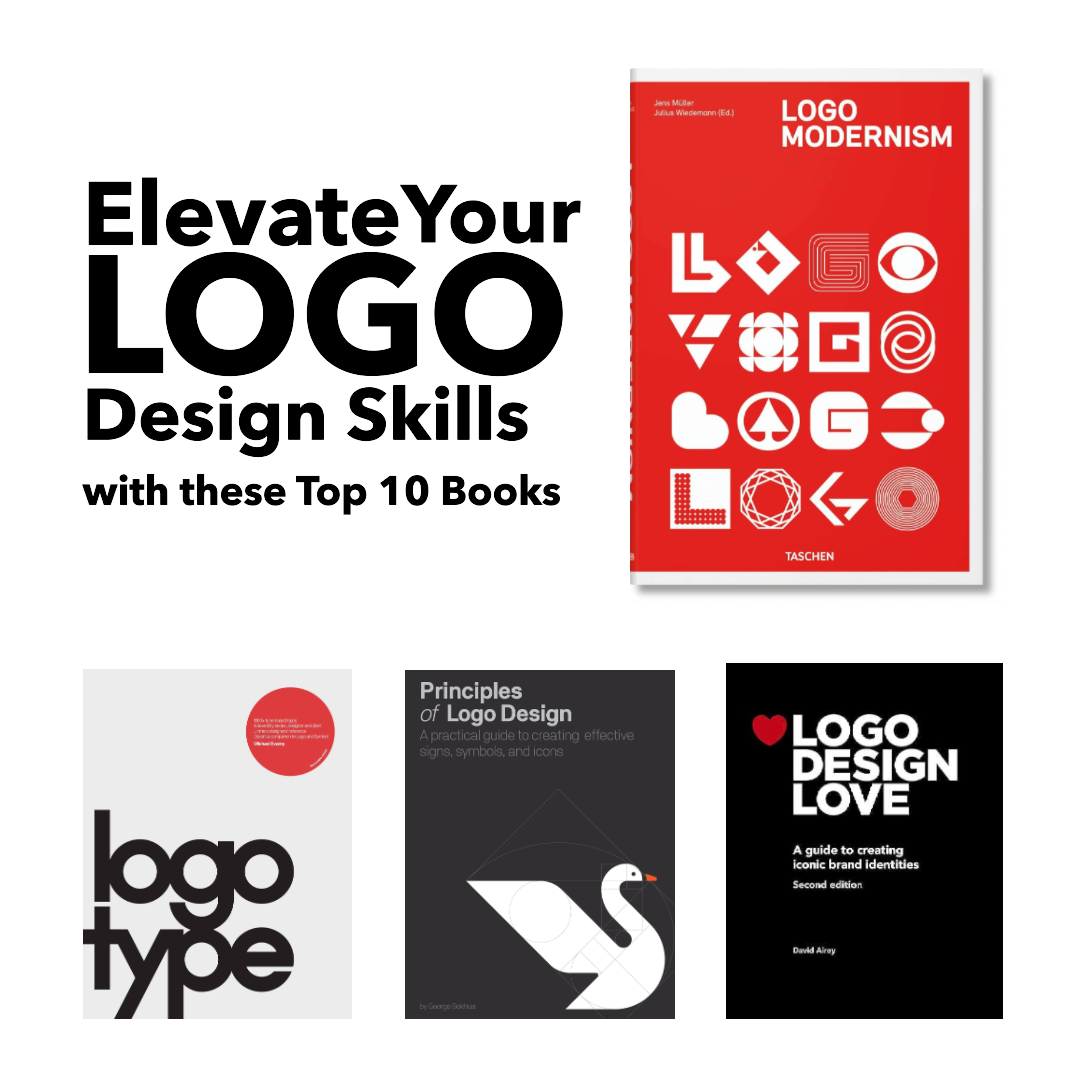Graphic design is a vast and ever-evolving field, but there are a few essential skills and concepts that all beginners should learn. This blog post will introduce you to 12 essential books for graphic design beginners, covering a wide range of topics from the basics of color theory and typography to more advanced concepts such as storytelling and sustainable design.
Whether you’re a student, hobbyist, or aspiring professional, these books will give you a solid foundation in the fundamentals of graphic design and help you to develop your creative thinking skills. With these books in your library, you’ll be well on your way to becoming a successful graphic designer.
Overview
The 12 books featured in this blog post cover a wide range of topics, but they can be grouped into three general categories:
- Fundamentals: These books cover the basic principles of graphic design, such as color theory, typography, layout, and composition.
- Creativity: These books focus on developing your creative thinking skills and teaching you how to apply your design knowledge to real-world projects.
- Advanced concepts: These books cover more advanced topics, such as storytelling, sustainable design, and user experience design.
Table of Contents
Graphic Design Books for Beginners
Whether you’re a student, hobbyist, or aspiring professional, there are a few essential books that every graphic designer should read. These books will teach you the fundamentals of design, from color theory and typography to layout and composition. They’ll also help you to develop your creative thinking skills and learn how to apply your design knowledge to real-world projects.
12 of the best books for graphic design beginners
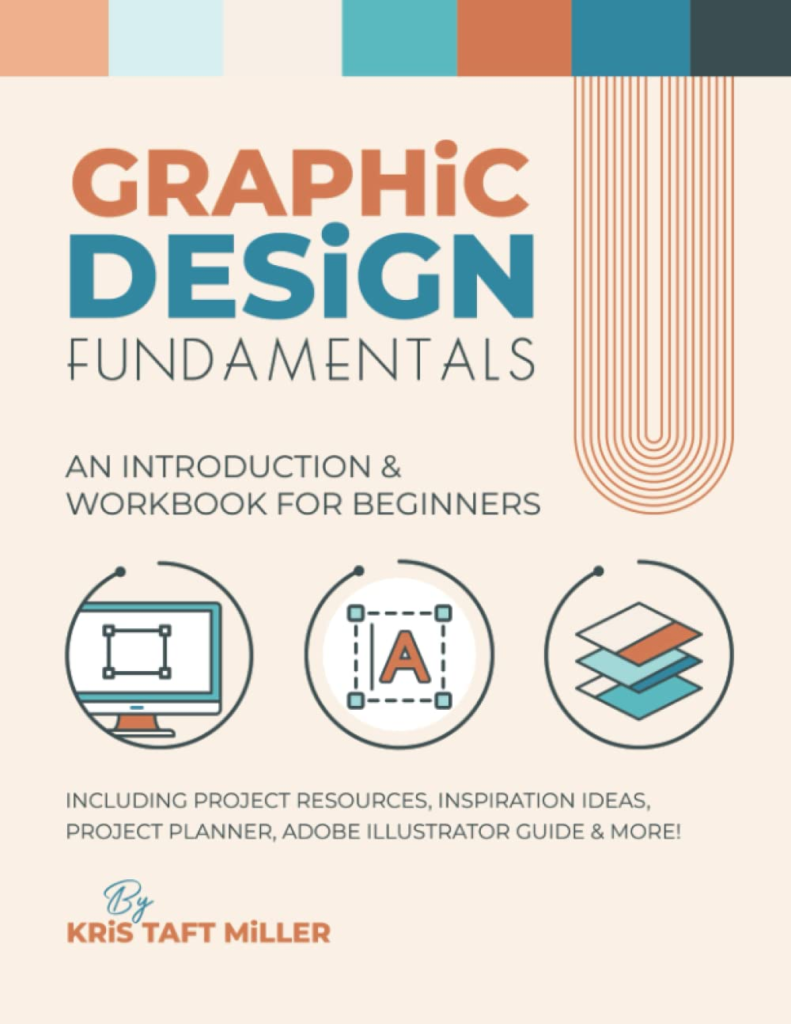
1. Graphic Design Fundamentals by Kris Taft Miller
This comprehensive textbook covers all the basics of graphic design, including color theory, typography, layout, and composition. It’s written in a clear and concise style, and it’s packed with helpful illustrations and examples.
This book is created by a seasoned graphic designer, Kris Taft Miller who is a former Disney Animation Designer with over 20 years of experience in the industry and over 17 years of owning her own graphic design company.

2. History of Graphic Design by Philip B. Meggs
This fascinating book explores the history of graphic design from the ancient world to the present day. It’s a great way to learn about the different styles and movements that have shaped the field, and to get inspired by the work of some of the world’s most renowned designers.
Knowing the history is essential to mastering a field. Meggs’ History of Graphic Design provides comprehensive and visually stunning knowledge of graphic design for students and professionals. Learn about the pioneers, milestones, and developments in the trade to shape the future.
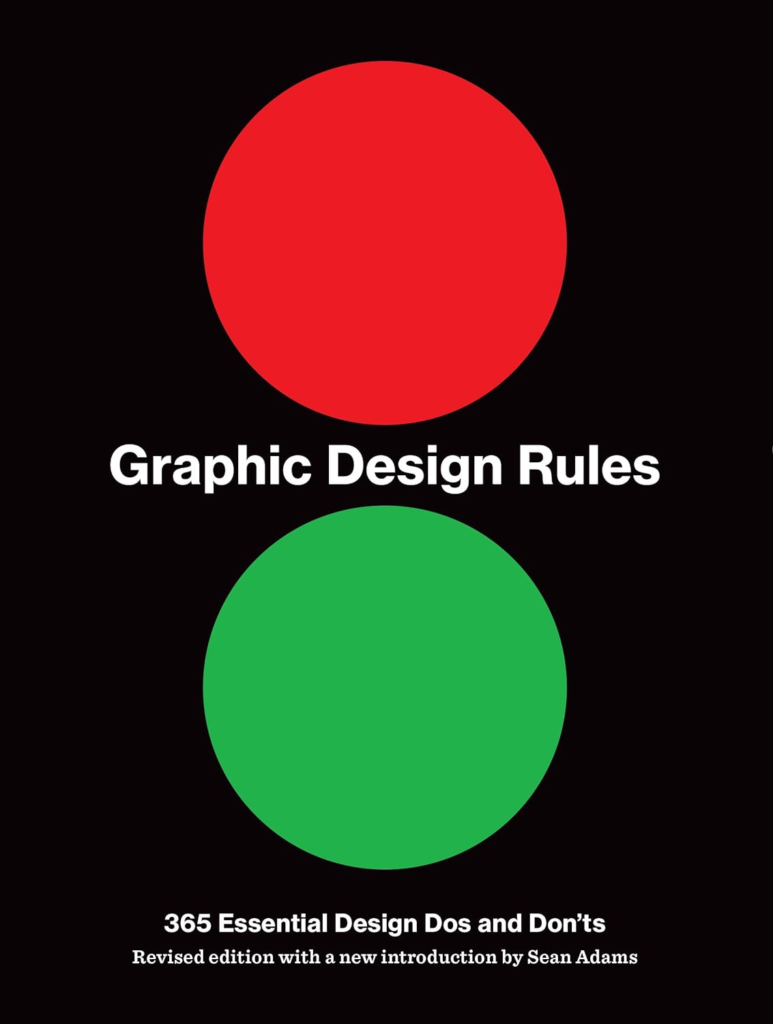
3. Graphic Design Rules by Sean Adams
This fun and informative book provides a set of essential rules for good graphic design. Sean covers everything from choosing the right fonts to creating a strong visual hierarchy. He also shares his own personal insights and advice, based on years of experience as a successful designer.
Use classic typefaces like Helvetica and Garamond, but never use Comic Sans except ironically. Graphic Design Rules is a practical guide for professional designers, students, and anyone who uses graphic design in their work or business. It contains 365 dos and don’ts of design, including when to use a modular grid and when to break the rules. The book offers tips and lessons from experienced authors to help you create good design.

4. Design Storytelling by Ellen Lupton
Ellen Lupton’s new book, Design Is Storytelling, teaches designers how to use storytelling techniques to create effective graphics, products, services, and experiences. The book explores the psychology of visual perception from a narrative perspective and presents various tools and concepts to help designers amplify the narrative power of their work. The book shows how design can stir emotions, build empathy, articulate values, and convey action, among other things. It also teaches designers how to evaluate a project’s storytelling power and write and deliver strong narratives.
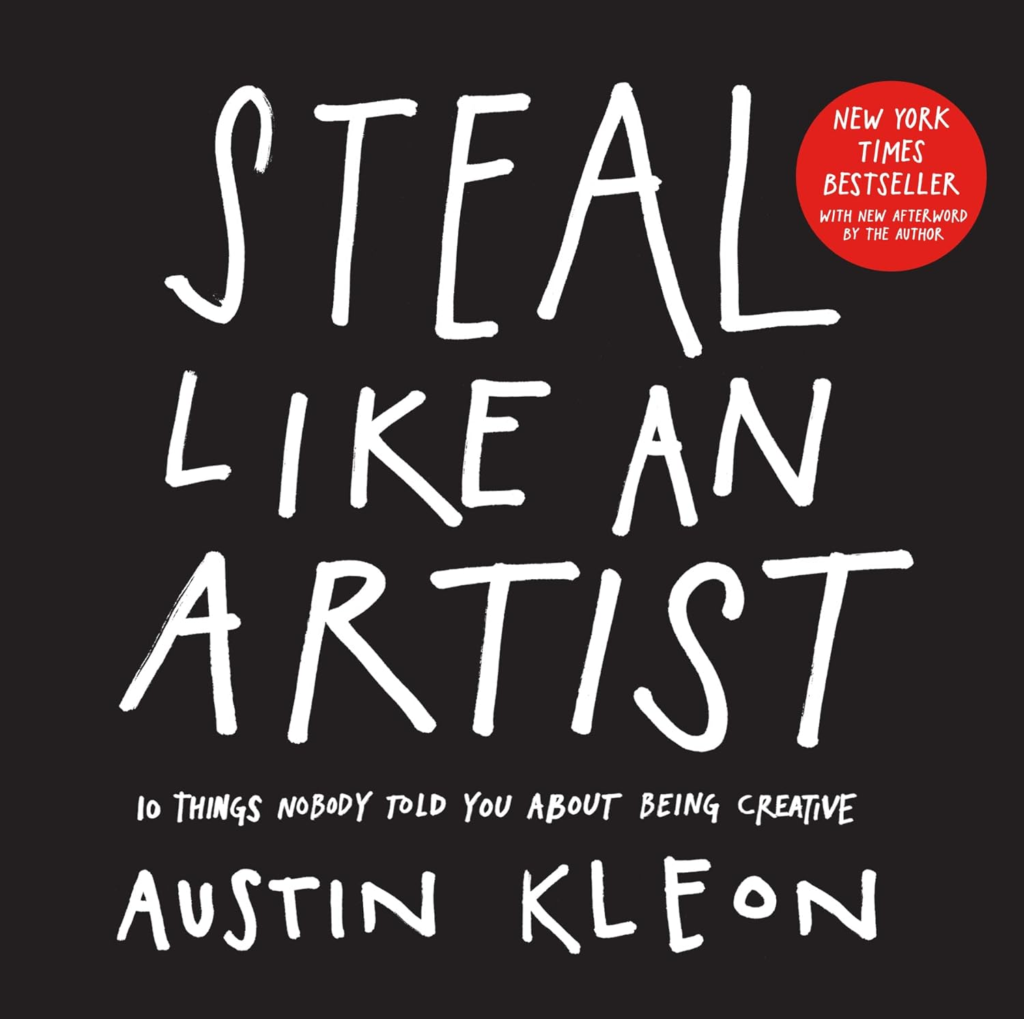
5. Steal Like an Artist by Austin Kleon
“Steal Like an Artist” is a guide to creativity in the digital age. It presents ten principles to help readers discover their artistic side and build a more creative life. The book encourages readers to embrace influence, school themselves through the work of others, remix and reimagine to discover their own path. It also advises readers to follow their interests, forget clichés and take risks in their imagination and work. The book has been praised as “brilliant and real and true” by Rosanne Cash.

6. How Design Makes Us Think: And Feel and Do Things by Sean Adams
The book “How Design Makes Us Think” explores how design can influence our thoughts and emotions. It showcases examples from various fields of design and delves into the reasons behind our responses to design. Author Sean Adams emphasizes the responsibility of designers to create with good intentions. This book is recommended for designers, marketers, and anyone interested in understanding the impact of design on our behavior.
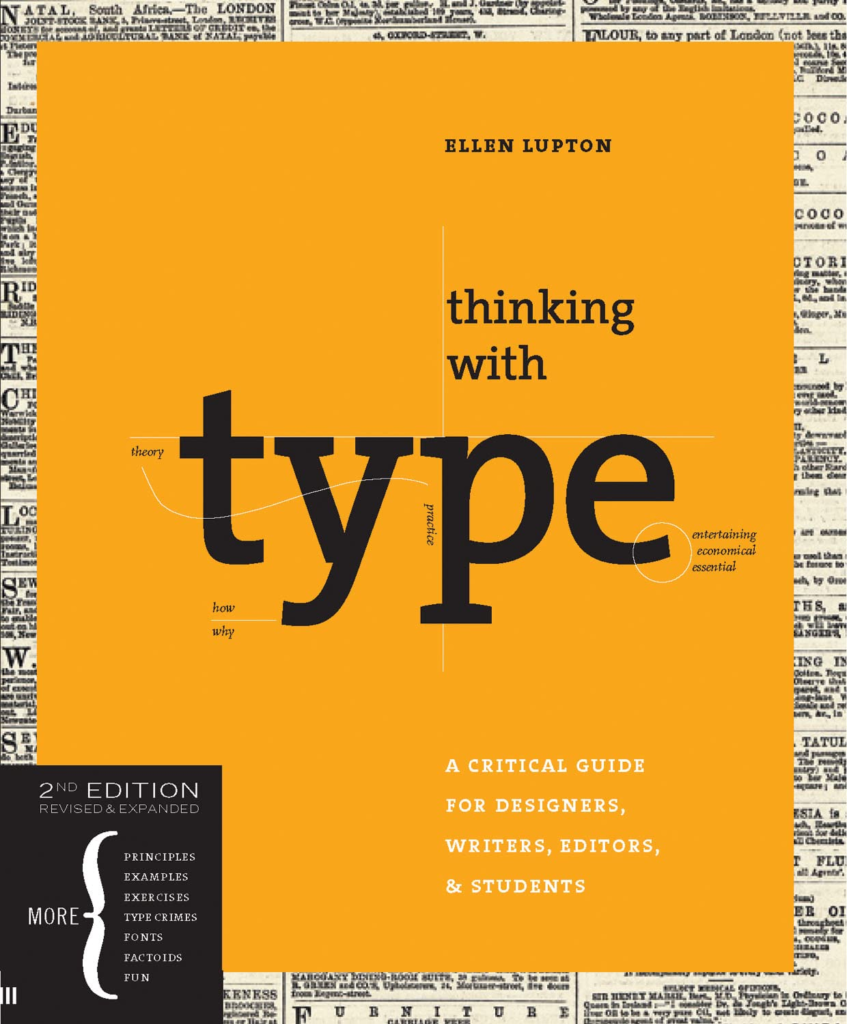
7. Thinking with Type by Ellen Lupton
Thinking with Type is the definitive guide to typography in visual communication. Ellen Lupton provides clear guidance on aligning, spacing, ordering, and shaping letters, words, and paragraphs. The book covers all typography essentials, including typefaces, kerning, tracking, and using a grid. The revised edition includes new content on style sheets, ornaments, numerals, small caps, font formats, and licensing. Thinking with Type is for designers, writers, editors, students, and anyone who works with words. Ellen Lupton’s guide reveals how to construct and use typefaces effectively.
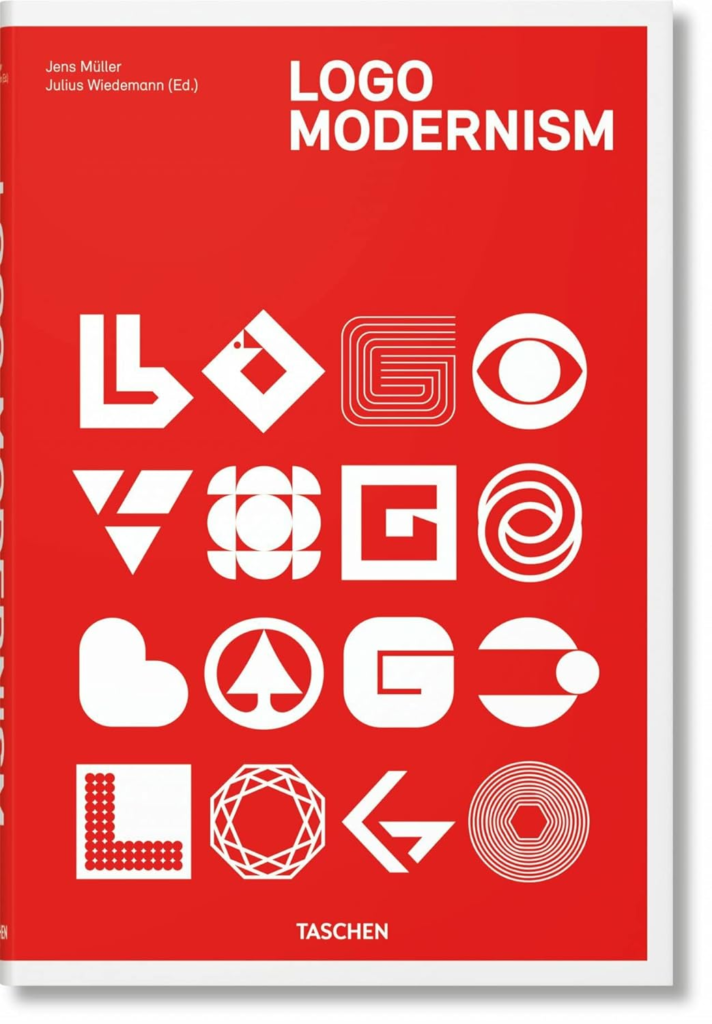
8. Logo Modernism by Jens Müller
Logo Modernism is a TASCHEN publication by Jens Müller that examines how modernist attitudes and imperatives gave birth to corporate identity through approximately 6,000 trademarks from the period 1940-1980. The book is organized into three design-oriented chapters: Geometric, Effect, and Typographic, each with form and style-led sections. It also features an introduction on the history of logos, an essay on modernism and graphic design, designer profiles, and case studies. Logo Modernism is an unrivaled resource for graphic designers, advertisers, and branding specialists, as well as anyone interested in social, cultural, and corporate history and the persuasive power of image and form.
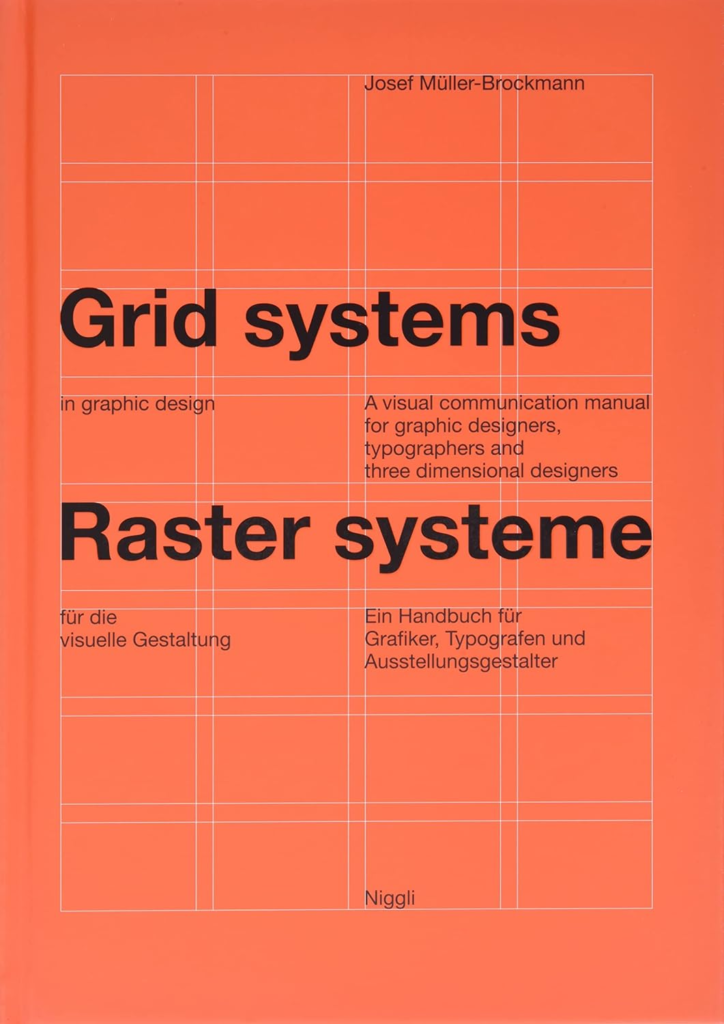
9. Grid Systems in Graphic Design by Josef Müller-Brockmann
This classic book provides a comprehensive overview of grid systems, which are a fundamental tool for graphic designers. Müller-Brockmann explains how to use grids to create layouts that are both visually appealing and functional.
A grid system is a tool used by graphic designers to organize information on a page in a logical and consistent manner. It has been used since medieval times, but Swiss graphic designers developed a more rigid system based on typographical literature. Müller-Brockmann helped spread knowledge about grids and this volume provides guidelines for using grids with 8 to 32 fields, including three-dimensional grids. The text gives exact directions and examples for using these grid systems effectively.
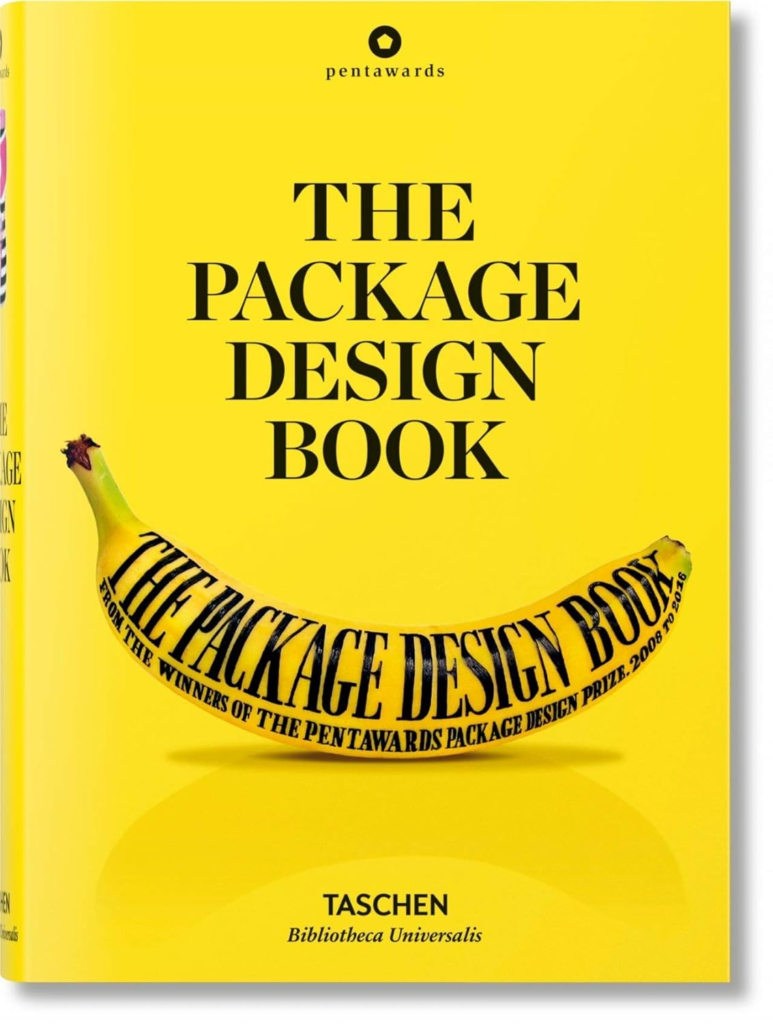
10. The Package Design Book by Julius Wiedemann
Packaging is important as it is the first thing consumers see when looking at a product. The Pentawards recognize the best package designs in five categories and 50 sub-categories. This book showcases Pentawards winners from 2008 to 2016, featuring hundreds of works and providing insight into the creativity and inspiration behind them. It is a useful resource for design and marketing professionals, as well as anyone interested in packaging design.

Another book on package is to check out is: Package Design Workbook: The Art and Science of Successful Packaging. Comprehensive guide for designers on how to design successful packaging in a competitive market. Covers all aspects of the creative process including format, colors, materials, finishes, and special considerations. Includes case studies on the effects of design choices on consumers and clients.
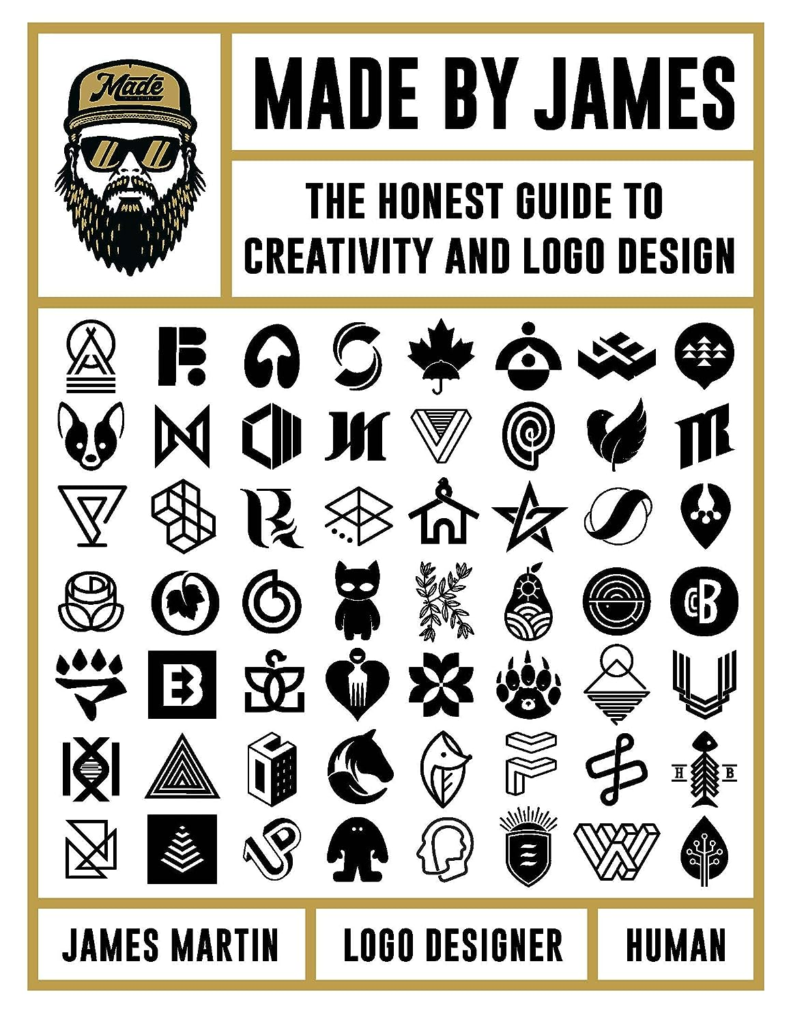
11. Made by James Martin
Made by James is a book written by UK-based graphic designer James Martin, who shares his experience, advice, and unique creative process for designing logos. The book covers techniques, ideas, and examples for creating logos and building brands, as well as aspects of the business rarely discussed, such as discipline, failure, and burnout. James emphasizes the importance of building trusting relationships with clients, finding inspiration, and becoming part of a design community. The book includes annotated case studies, the advantages of a hands-on approach to design, and effective work habits. Overall, Made by James aims to help designers of all levels create better work and enjoy the process.

12. Palette Perfect by Sara Caldas
This book provides a guide to creating and using color palettes in graphic design. Sara covers everything from the basics of color theory to how to choose the right colors for your specific project. This book provides practical and inspirational color combinations for design and illustration projects. It explains the emotional impact of colors and how they are perceived differently in various cultures. The book showcases real examples from graphic, product, and illustration design, organized by colors and moods associated with the time of day. It is intended for designers, students, and anyone interested in innovative color combinations.
Conclusion
If you’re new to graphic design, it can be overwhelming to know where to start. But don’t worry, there are plenty of resources available to help you get started. One of the best ways to learn is to read books about graphic design.
The 12 books featured in this blog post are a great starting point for any beginner. They cover a wide range of topics, from the basics of color theory and typography to more advanced concepts such as storytelling and sustainable design.
I recommend starting with the following books:
- Graphic Design Fundamentals by Kris Taft Miller
- Design Storytelling by Ellen Lupton
- Steal Like an Artist by Austin Kleon
These books will give you a solid foundation in the fundamentals of graphic design and help you to develop your creative thinking skills. Once you have a good understanding of the basics, you can move on to more advanced topics such as typography, logo design, and package design.
No matter which books you choose, reading about graphic design is a great way to learn from the experts and develop your own skills. So get started today and see where your creative journey takes you!






